
Celestial Ripples - Corporeal Rhythms
Sara Rossling, Rebekka Elisabeth Anker-Møller and Christopher Sand-Iversen
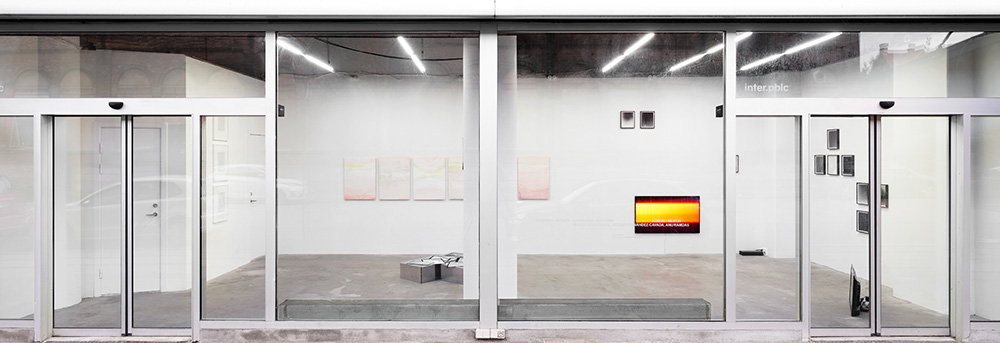
Celestial Ripples - Corporeal Rhythms, Copenhagen 14 June - 6 July, 2024
The workshop weekend on Ven at the beginning of May was followed up in June by an exhibition in Copenhagen, which presented to the public some of the project's ideas and the work of the involved artists. It was the first of several public presentations, in which artists, researchers and curators share knowledge and develop work that reflects on the circadian rhythm, seasonal cycles, and how these affect our bodies and behaviours. Anu Ramdas and Helena Fernández-Cavada, who participated in the workshop on Ven, were joined in the exhibition by Nanna Debois Buhl.
Nanna Debois Buhl showed the video work Helios, which is based on recordings of the surface of the sun taken through a spectroscope. Spectroscopy has been used since the 19th century to visualise and analyse the chemical composition of celestial bodies. Via using a prism to split the rays of the sun into the colour spectrum, dark lines or bars appear in the colour field which represent different chemical elements.
The video was accompanied by a generative algorithm, also titled Helios, which interweaves descriptions of sunspots, the technologies used to visualise them, and ghosts that may haunt the machine. In this way, our knowledge of the sun and the chemical composition of the heavens is problematised through a focus on the how we know what we know, reminding us that the way we experience the cycles of the physical systems is also a question of how our particular sensory apparatus allows us to experience them.
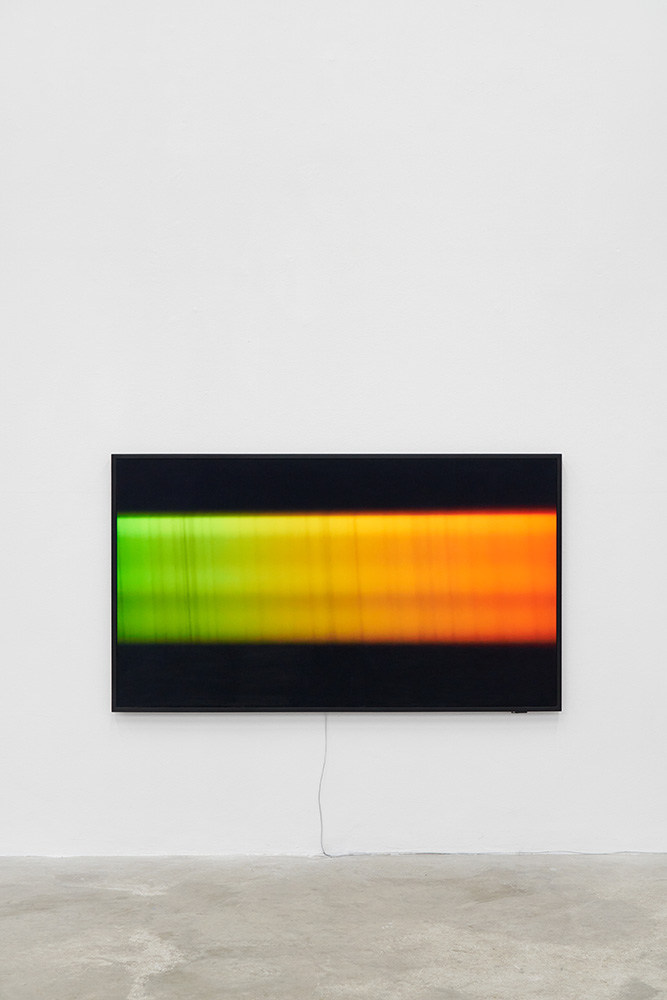
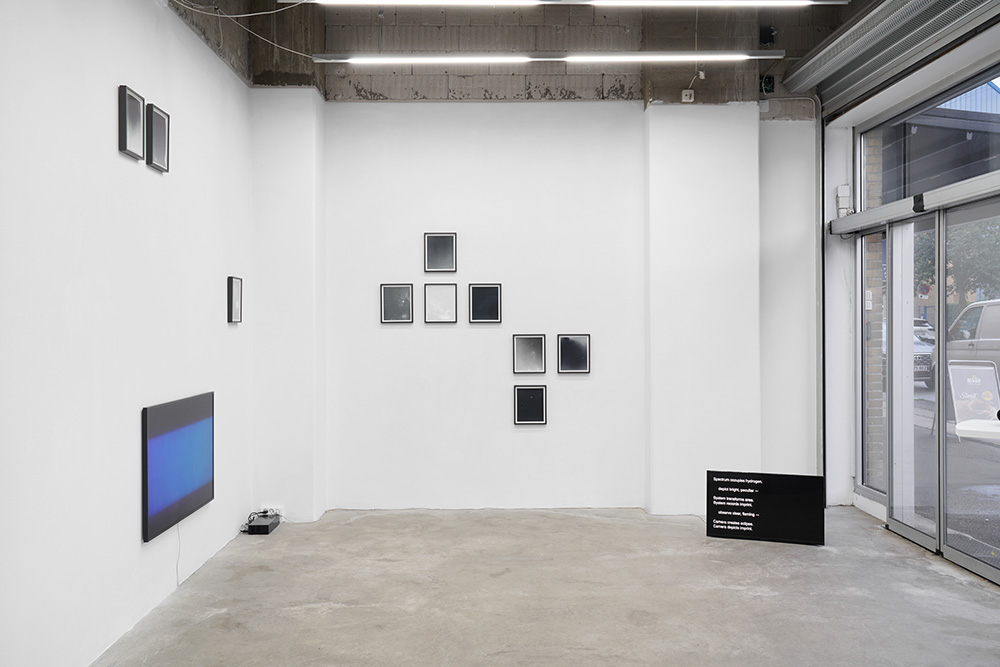
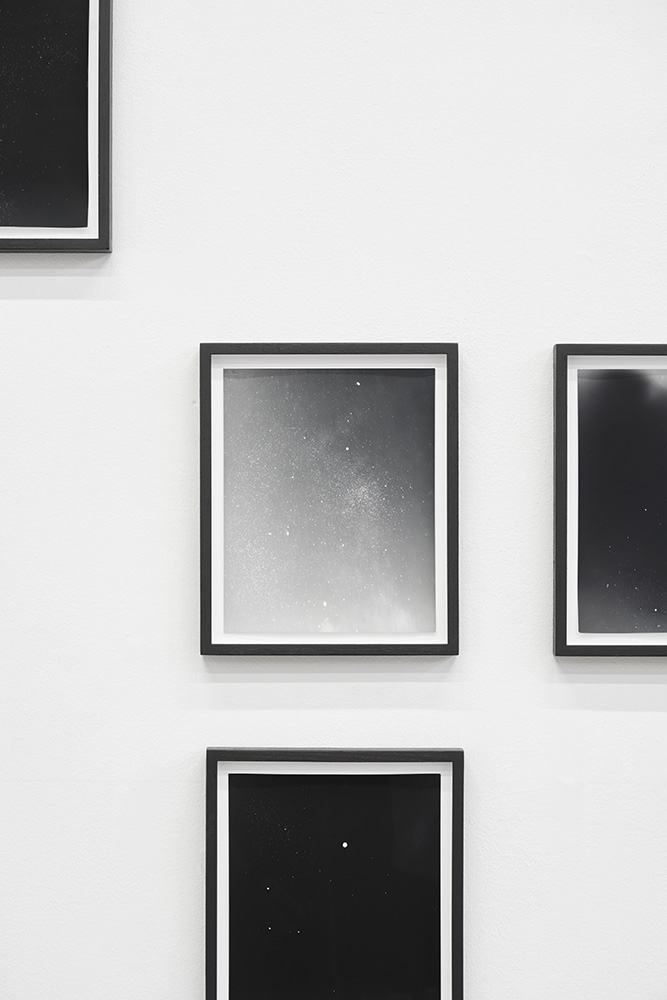
This is further underlined in Debois Buhl’s series of ‘celestographs’, or photograms inspired by the Swedish author and artist August Strindberg, who exposed photographic plates to the night sky in an attempt to capture an image of it. Although his images undoubtedly resemble the heavens, they most likely depict dew, particles, or chemical impurities. While Debois Buhl’s 10 images, intervals and forms of stones of stars, are quite convincing as images of distant stars and other celestial phenomena, they are in fact made by allowing sand to drift over the paper on several evenings in a windy coastal location.
Helena Fernández-Cavada’s work Different temporal expressions of the now was made specifically for this project and relates to some of the discussions that were held on the island of Ven about circadian cycles and our existence in the universe. On Ven Tycho Brahe discovered a new star in the sky, showing that we and the universe are in continuous transformation, and so these works take inspiration from the knowledge of impermanence. Thirty pinhole cameras were placed on the island for a month to record the sun’s arc in the sky, a drawing repeated with a slightly different line each time. The photographs on display are thus also a form of photogram, which record the movements of the universe over time and in a sense also as a spatial visualisation, as the sun’s arc has redrawn itself in different positions.
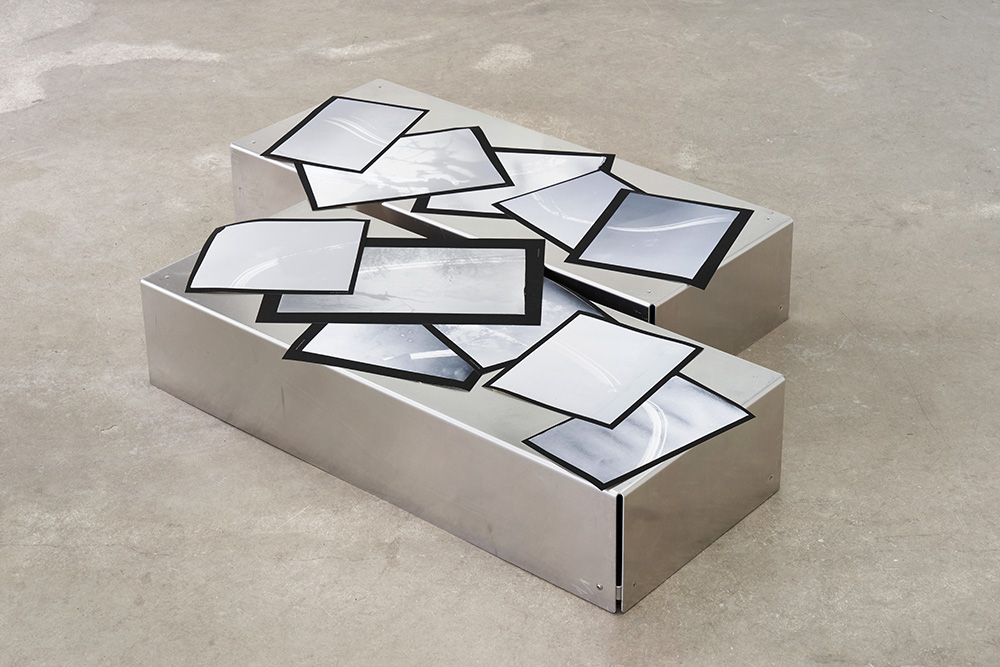
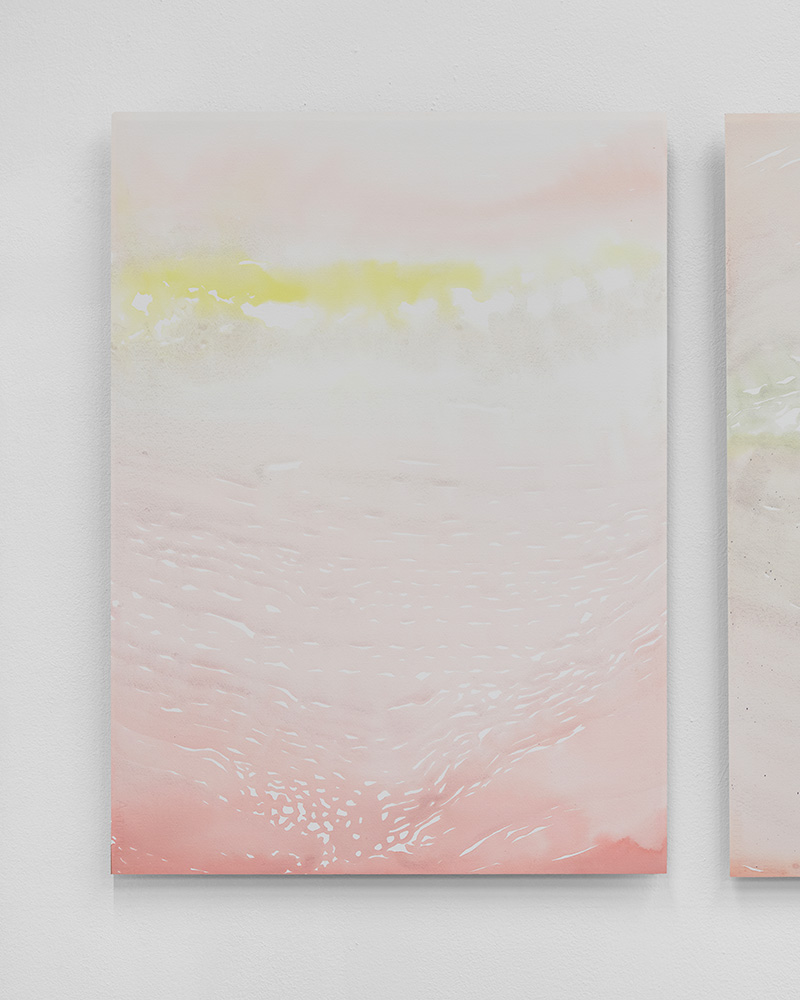
Accompanying these are the watercolour drawings Every time I close my eyes, I see the landscapes of the sky, which on the other hand articulate the light which the artist perceives inside herself, that she can contact and which has no end and no beginning; space and time do not operate there. Nevertheless, she senses it under many conditions and through many changes. Attempting to manifest it results in failure, and there is an absurdity in trying to capture it, but the drawings on display offer a record of the endeavour.
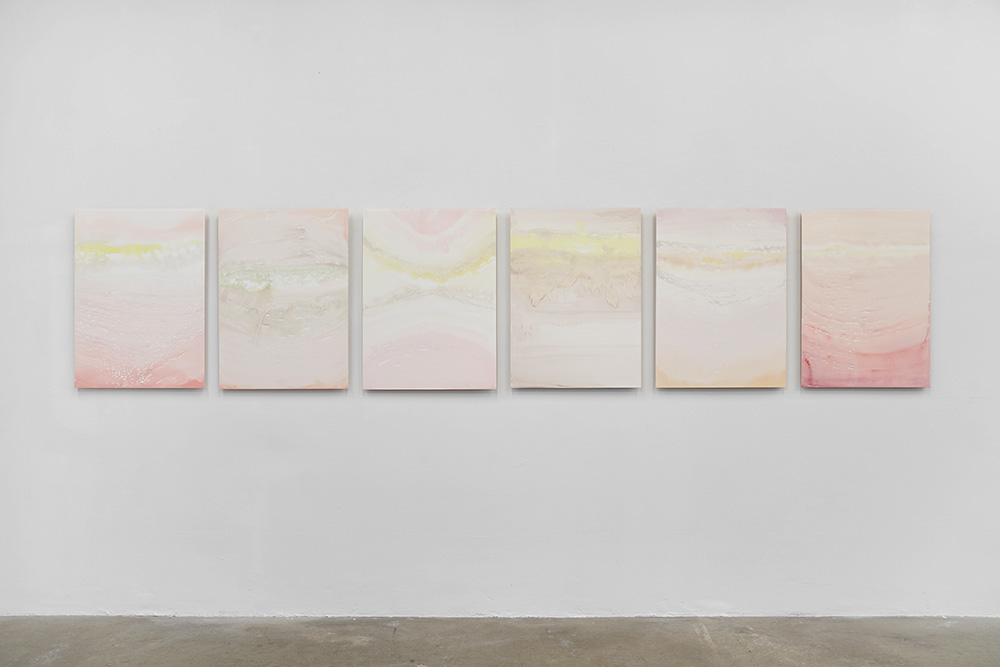
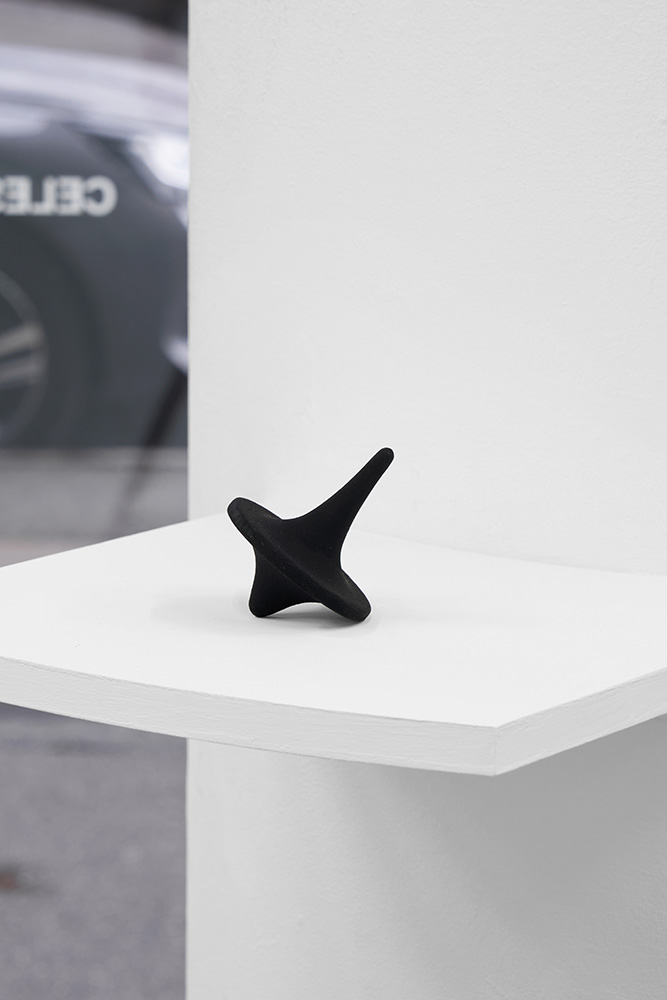
Just as Fernández-Cavada offers both a meditation on the cycle of the sun and its light, by which so much human activity is measured, and on the internal energy of the human being, the work of Anu Ramdas also mediates between the cosmic and the self. Weird Cosmic Object, a light-absorbing black spinning top, refers to black holes and their movements. At the centre of every galaxy is a black hole that through its enormous gravity ‘swallows’ matter and at the same time ‘spits’ the same information out into the universe again.
What is Looking Back at You brings this principle down from the macrocosmic to the microcosmic scale, being a medallion with a mirror just big enough for viewers to look themselves in the eye, yet too small to see themselves in full figure. The pupil of the viewer’s eye may be said to become a black hole, the matter of the world being sucked into and streaming out of it. The title refers to the ancient Vedic idea of Atman (the Self) which is unchanging.
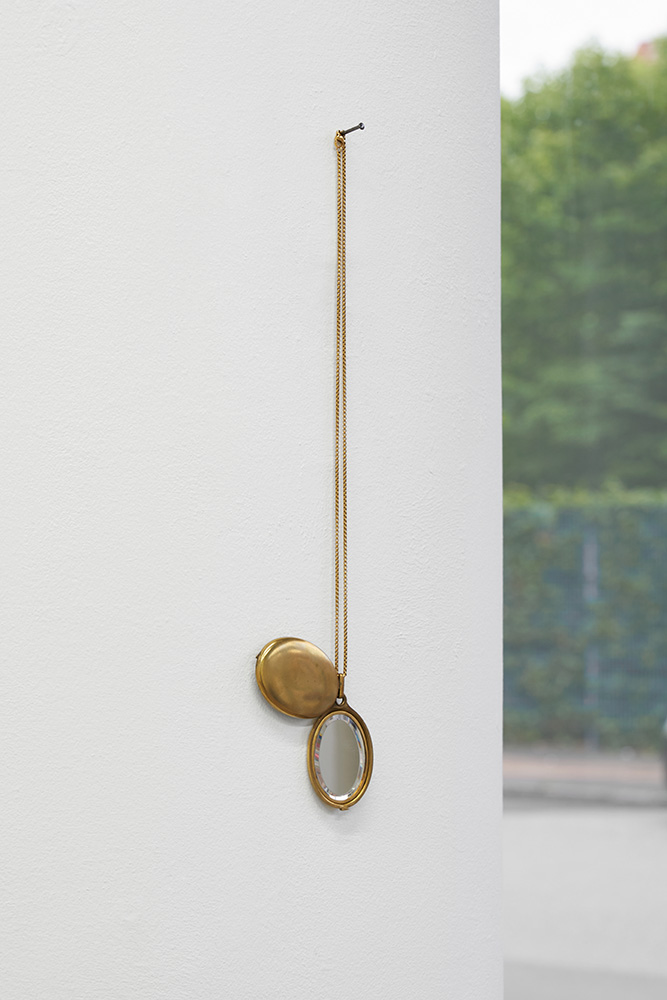
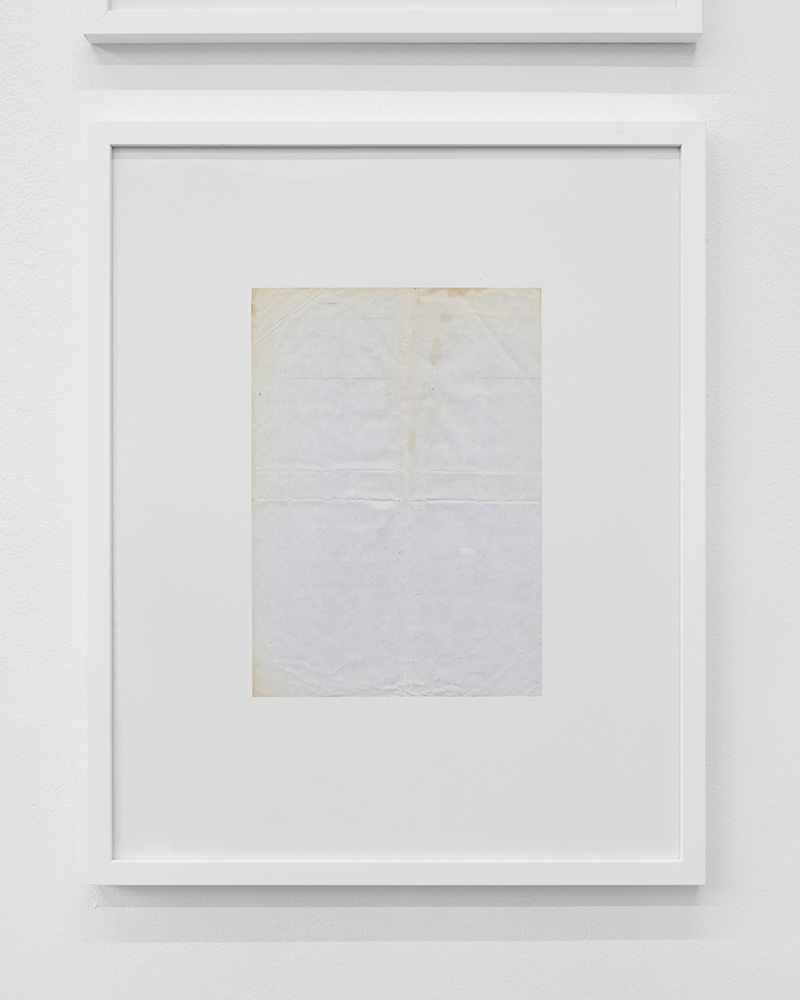
Three Monochromes [Resurrection], on the other hand, functions as a rejection of old traditions and ideas. The three pages once contained the artist’s horoscope as it was told in absentia in New Delhi in 1990. All the information has been erased, referring also art historically to Robert Rauschenberg’s conceptual work ‘Erased De Kooning’.
In a time of accelerating human activities, the exhibition suggested, among other things, that it may be healthy (as opposed to ‘productive’) for us to recall that our bodies are calibrated to the various cyclical processes given by ‘nature’, which is to say the physical system of the universe that has a determining effect on the cycles of day and night and the turning of the seasons. It also brings to mind that the universe is ‘force free’, that acceleration is created by human endeavours and that we expend massive amounts of energy on it, which are detrimental to the functioning of the biosphere that sustains us. The trajectory of our behaviour might be said to be skewed or off-balance, and reconnecting with the returning cycles of nature can perhaps help to rediscover the rhythms of behaviour which constitute our own response over millennia, as a species, to the givens of the world: night and day, growth and decay, seasonal abundance and scarcity.
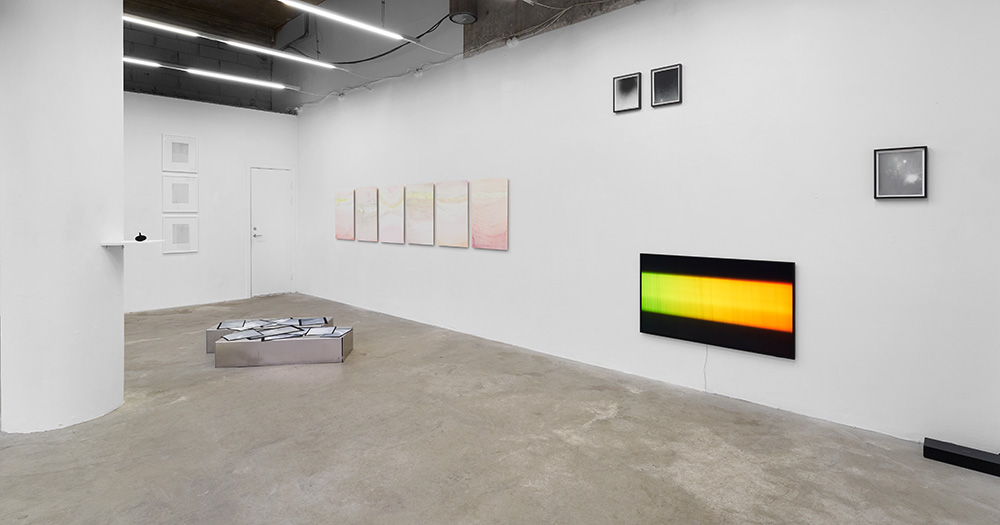
About the Artists
Nanna Debois Buhl is a visual artist based in Copenhagen whose practice draws connections across time periods and between micro and macro perspectives. She connects scientific, aesthetic, and speculative perspectives in order to nurture attentiveness to materials and to tell counter-histories. Her work materialises as photographs, weavings, installations, films, algorithm-based works, artist’s books, and site-specific works in public space. By combining historical and new technologies, she connects what is addressed in her works to how they are made. Her practice can thus be considered to be speculative time travel through matter and meaning.
Helena Fernández-Cavada (born in Madrid) is a visual artist currently based in Malmö. Her artistic practice engages with the challenges of living in aninterdependent world. For the past few years, her work has investigated how visual landscapes can relate to the public and facilitate a space for existential well-being and resilience. She has exhibited widely both in Europe and the Americas, and expanded into bookmaking and participatory practices, where she explores publishing as an artistic field.
Anu Ramdas is based in Copenhagen and works in a range of media, finding inspiration in Vedic philosophy, astrophysical phenomena and esoteric methods. She is educated as a visual artist and a clairvoyant, and in her practice she cross-fertilises her methods, aesthetics and themes. She has exhibited in Denmark and abroad, most recently the solo exhibition Time Traveller [Coordinates beyond the horizon of Pure O] at Augustiana Kunstpark & Kunsthal.
About the Curators
Sara Rossling is an independent curator and writer associated with SixtyEight, active internationally and resident in Malmö.
Rebekka Elisabeth Anker-Møller is a curator and writer at SixtyEight and an academic assistant in the project ‘Algorithms in Art’ at Copenhagen University.
Christopher Sand-Iversen is an art historian, writer and publisher, and runs SixtyEight.
The exhibition Celestial Ripples - Corporeal Rhythms received support from Ny Carlsbergfondet, Augustinus Fonden, and Rådet for Visuel Kunst.
The project Within and Beyond - Embodied Planetary Cycles has received support from Nordic Culture Point and the Nordic Culture Fund.